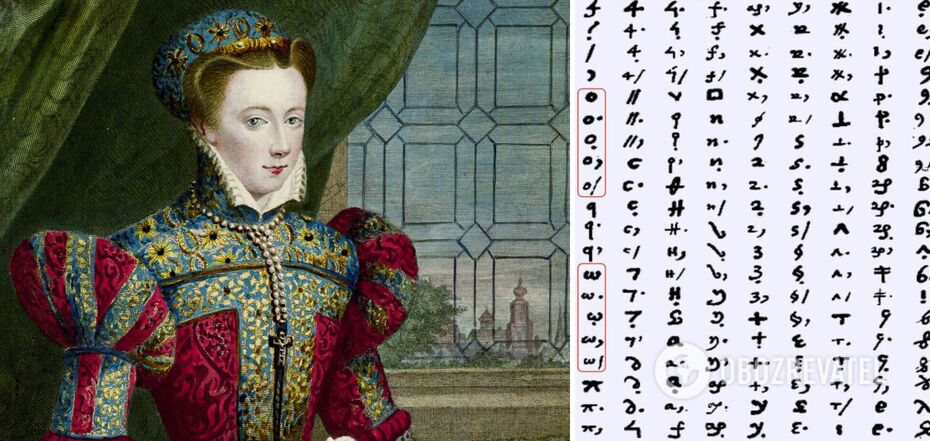Life
Scientists decipher coded prison letters of executed queen of Scotland
An international team of cryptographers has managed to crack the code used to write the "lost" prison letters that once belonged to Queen Mary of Scots (also known as Mary Stuart). The complexity of the code used was a combination of letters and symbols.
LiveScience reports on the achievements of the scientists. It is noted that letters written between 1578 and 1584 were found in the archives of the National Library of France in Paris. Some of them were written by the Queen herself, while others were sent to her.
Computer scientist and cryptographer George Lasry, who is a member of the DECRYPT project, which decrypts historical manuscripts, called the discovery "really exciting" given the number of letters decrypted and the historical significance of the Queen of Scots.
"We have cracked the secret codes of kings and queens before. They're very interesting, but with Mary Queen of Scots, it was great because we've decoded so many unpublished letters," Lasry said.
To decrypt the emails, the research team used sophisticated methods combining computer algorithms, linguistic analysis and manual code-breaking techniques.
" v," Lasry explained.
At first, the researchers could read only 30% of the text using a computer algorithm. They then manually analysed the characters and verified their meaning through trial and error using contextual analysis.
"It's like solving a very large crossword puzzle. Most of the effort was spent on deciphering the encrypted letters (150,000 characters in total) and their interpretation - 50,000 words, enough to fill a book," the cryptographer said.
According to the researchers, the ciphers were homophonic, meaning that each letter of the alphabet could be encoded using several ciphertexts. This practice ensured that some characters were not used too often.
Thanks to painstaking work involving computer technology, scientists managed to decipher 57 letters, 50 of which were previously unknown to historians. In addition to the texts of the letters, the researchers were able to successfully identify symbols that hid specific names, places and dates.
"Together, the letters constitute a voluminous array of new primary material about Mary Stuart - about 50,000 words in total," Lasry added, noting that these letters shed new light on Queen Mary's years of imprisonment in England.
In particular, the letters contain a lot of information about what Mary's life was like in prison and how her health was deteriorating. The Queen of Scots also told in her letters about the negotiations with her cousin, Queen Elizabeth I of England, which she conducted to secure her release.
Thanks to the encryption, scientists were able to find out that Mary used feminine verbs and adverbs in her correspondence and often mentioned the name "Walsingham" or Sir Francis Walsingham, who served as the chief secretary to Queen Elizabeth I.
The decipherment has already been called "the most important new discovery about Queen Mary of Scots in 100 years".
Dr John Guy, a lecturer in history at Clare College, Cambridge, and author of the book Queen of Scots: The Real Life of Mary Stuart, had the opportunity to review the study before it was published.
"This is a stunning study, and these discoveries will be a literary and historical sensation. They mark the most important new findings about Mary Stuart, Queen of Scots, in the last 100 years," Guy said.
The letters show that even in captivity, Mary was an "insightful and attentive analyst of international relations" who was involved in the political affairs of Scotland, England and France, the writer said.
Lasry and his co-authors suggest that other encrypted letters from Mary may still be missing. They add that finding them would require a physical inspection of the documents, as well as an internet search.
Mary Stuart is one of the most famous historical figures of the 16th century. She was the first in line to the English throne after Elizabeth I.
Catholics considered Mary to be the rightful queen, and Elizabeth imprisoned her for 19 years because she saw her as a threat and suspected her of conspiring to kill her.
During her imprisonment, Mary kept in touch with her associates and allies, making great efforts to recruit messengers and keep her secret.
In 1587, Maria was beheaded. She was 44 years old at the time.
As OBOZREVATEL previously reported, scientists have managed to solve the mystery of the damage to ancient frescoes in St Sophia Cathedral in Kyiv.
Subscribe to OBOZREVATEL's Telegram and Viber channels to keep up with the latest news.





























